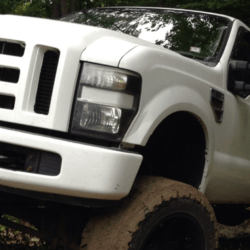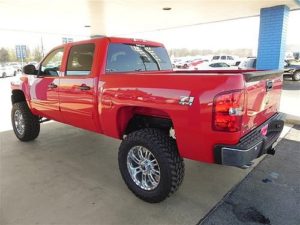Can I Install My Own Lift Kit?

A lot of you may be asking your self “can I install my own lift kit or should I go to a professional?”Installing a lift kit can improve the way your vehicle looks and rides. But paying to have it installed can be expensive. Many shops charge $600 to $700 to install a lift kit. This is in addition to purchasing the kit itself. For many people the solution is simple. They install it themselves. Installing a lift kit is fairly straightforward. However, it’s also time consuming. It takes an experienced professional between 5 to 7 hours to install the kits. A private citizen with some experience working on cars usually takes all weekend.

The age and type of vehicle you have also makes a difference. The process for installing a lift kit on a 2-wheel drive vehicle is slightly different from handling a 4-wheel drive vehicle. If you have an older vehicle and have to fabricate or weld parts, the process becomes a lot more complex and challenging. If their vehicle requires that type of work, some people have it done professionally. But if you are confident in your ability and can follow instructions, you and a buddy can do the entire process yourselves. Just be careful removing the coil spring.
Installing a lift kit is time consuming. Once you have the vehicle’s frame supported with separate jacks for each axle, then it’s just a matter of drilling out and replacing rivets. If you’re lifting the suspension of a 4-wheel drive vehicle a lot higher then you may need a longer driveshaft. You may also need to adjust the angle of the transfer case. Vehicles with independent suspensions are also a little more tedious and require more work. Still, as long as you make sure the steering linkage, sway bars, brake lines and shocks are long enough you can install your own lift kit.
Thanks for helping me to understand that installing a lift kit requires a specific set of tools. I want to raise my vehicle so that I can go off-roading more often. It seems like it would be best to have a professional install the kit for me.